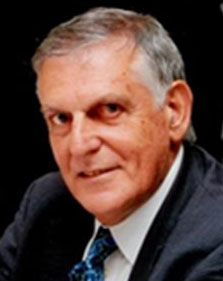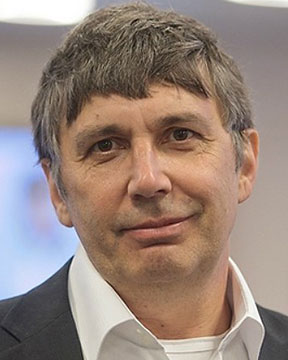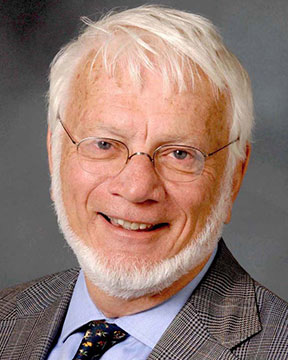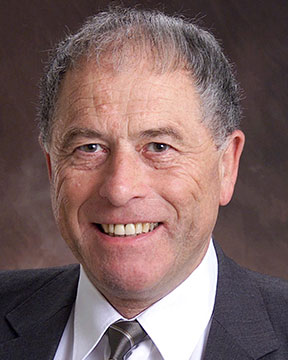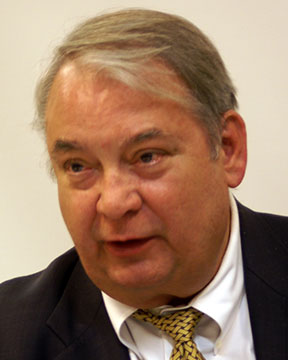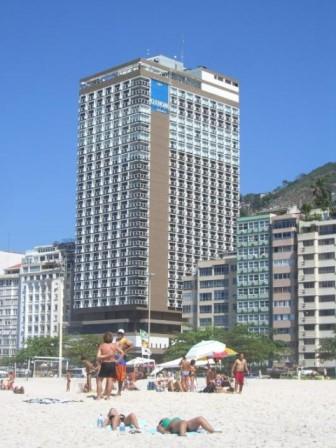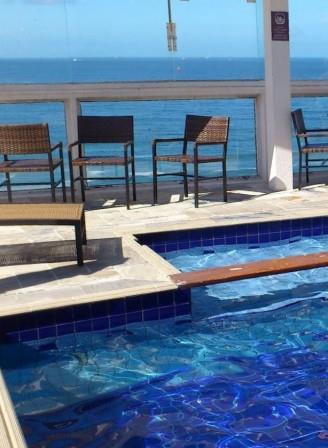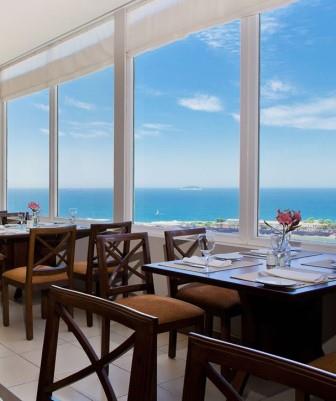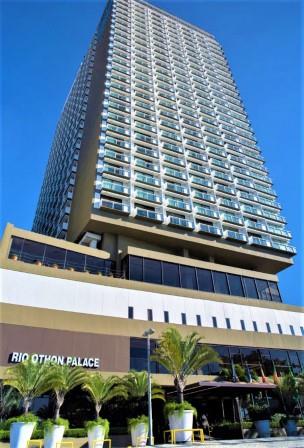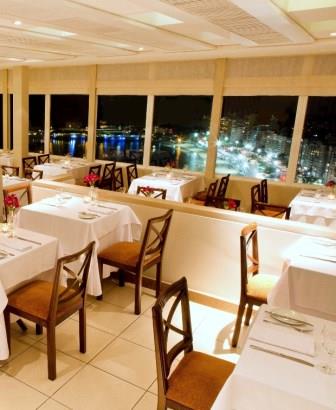ORALS
SESSION: SISAMTuePM1-R5
Amorphous Materials | Zehetbauer International Symposium on Science of Intelligent and Sustainable Advanced Materials (4th Intl. Symp. on Science of Intelligent and Sustainable Advanced Materials (SISAM)) |
| Tue Nov, 6 2018 / Room: Copacabana A (150/1st) | |
| Session Chairs: A. Lindsay Greer; Session Monitor: TBA |
14:25: [SISAMTuePM106]
Relaxation of Bulk Metallic Glasses After Cryogenic High Pressure Torsion Florian
Spieckermann1 ; Baran
Sarac
2 ;
Erhard
Schafler3 ; Viktor
Soprunyuk
2 ; Michael
Kerber
4 ; Jozef
Benarczik
5 ; Juergen
Eckert
2 ;
1University of Leoben, Leoben, Austria;
2Erich Schmid Institute of Materials Science, Leoben, Austria;
3University of Vienna, Wien, Austria;
4University of Vienna, Vienna, Austria;
5Deutsches Elektronen Synchrotron DESY, Hamburg, Germany;
Paper Id: 446
[Abstract] Bulk metallic glasses (BMG’s) combine high strength, hardness and elastic strain limit, they may show good soft-magnetic properties and excellent corrosion resistance as well as high homogeneity and isotropy. The viscous flow workability in the supercooled liquid region makes metallic glasses an excellent candidate for the next generation engineering materials. However, the limited ductility of BMG’s is detrimental for many potential applications. Recent results indicate that structural relaxations on the nanometer scale and their percolation may be involved in the formation of shear transformation zones (STZ) and shear bands that control the ductility of BMG’s. Considerable effects of aging/rejuvenation of BMG’s on their mechanical properties and on structural and dynamic relaxations were reported. Hence, there is fundamental scientific interest in understanding the interplay of structural and dynamic relaxations for equilibrated as well as non-equilibrated BMG’s. In the present study we use in-situ X-ray diffraction to study the structural rearrangements during annealing from 77 K up to the crystallization temperature of CuZr based BMG’s brought out of equilibrium by high pressure torsion performed at cryogenic temperatures. These structural changes are correlated with dynamic mechanical analysis (DMA) and differential scanning calorimetry to determine dynamic relaxations as well as crystallization.
SESSION: SISAMWedAM-R5
Nano-Analytic Methods | Zehetbauer International Symposium on Science of Intelligent and Sustainable Advanced Materials (4th Intl. Symp. on Science of Intelligent and Sustainable Advanced Materials (SISAM)) |
| Wed Nov, 7 2018 / Room: Copacabana A (150/1st) | |
| Session Chairs: Erhard Schafler; Golta Khatibi; Session Monitor: TBA |
11:45: [SISAMWedAM02] Invited
In-situ X-ray Synchrotron Profile Analysis during High Pressure Torsion Deformation Erhard
Schafler1 ; Michael
Kerber
2 ;
Florian
Spieckermann3 ;
1University of Vienna, Wien, Austria;
2University of Vienna, Vienna, Austria;
3University of Leoben, Leoben, Austria;
Paper Id: 241
[Abstract] X-Ray Line Profile Analysis is a powerful method to characterize the microstructure of deformed materials, especially when high energy and brilliant Synchrotron radiation enables investigations with high time and spatial resolution. Parameters like dislocation density, dislocation arrangement, scattering domain size, and its distribution are parameters of a physical model of peak broadening, which can be applied to high quality diffraction measurements. A small sample high-pressure-torsion-machine was designed in order to perform in-situ diffraction experiments during the deformation process at hydrostatic pressures up to 8GPa in order to follow the strain as well as pressure induced microstructural characteristics of any deformed material. This was possible with the ideal design and equipment at the High-Energy-Materials-Science-beamline at PETRA III in Hamburg. Recent and first results of experiments on HPT-deformed Ni, Ti and BMGs are presented [1].
References:
[1] E. Schafler, M.B. Kerber,F. Spieckermann, T. Fischer, R. Schuster, C. von Baeckmann in: Magnesium Technology 2017, ed. K.N. Solanki, D. Orlov et al., Springer, pp. 645-651 (2017)


